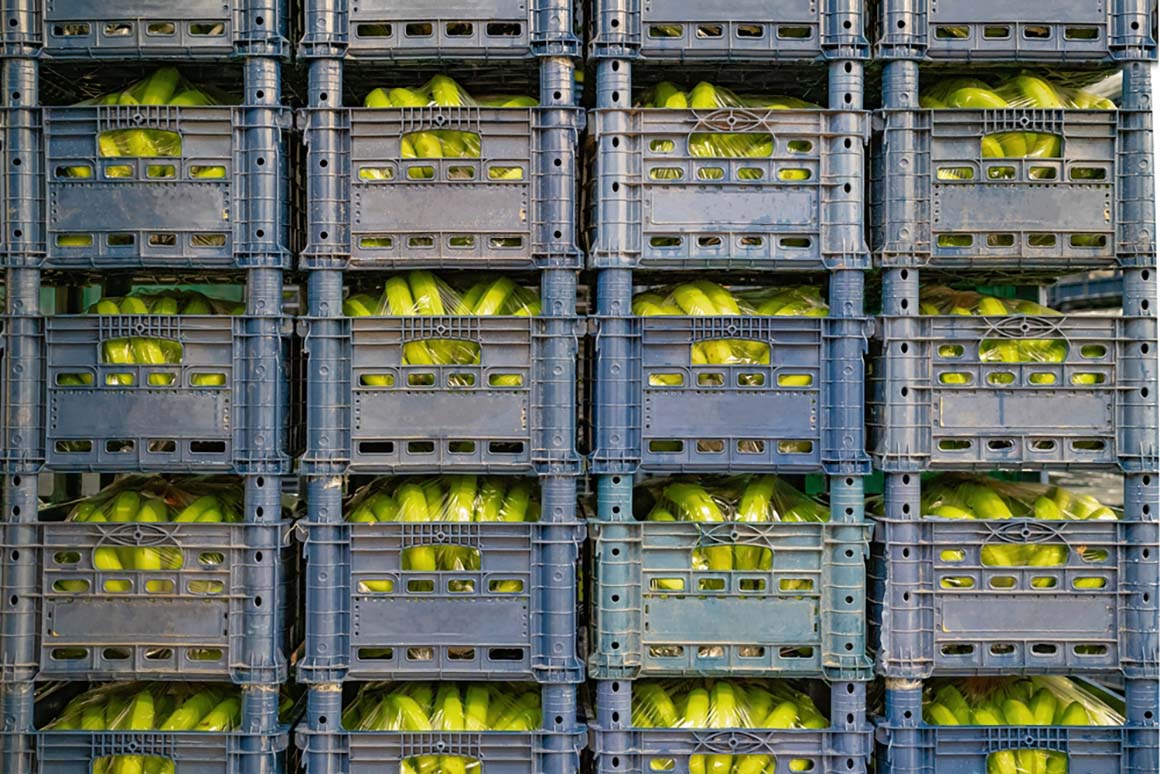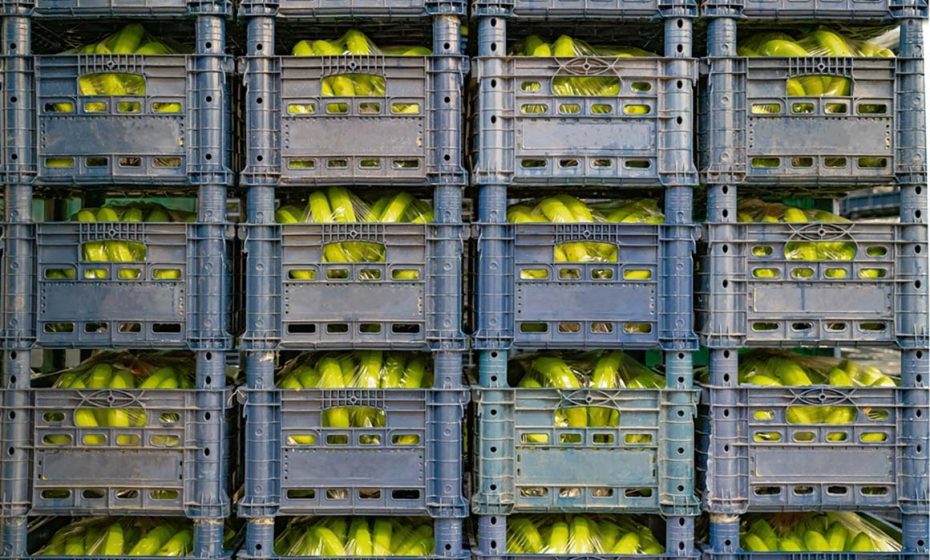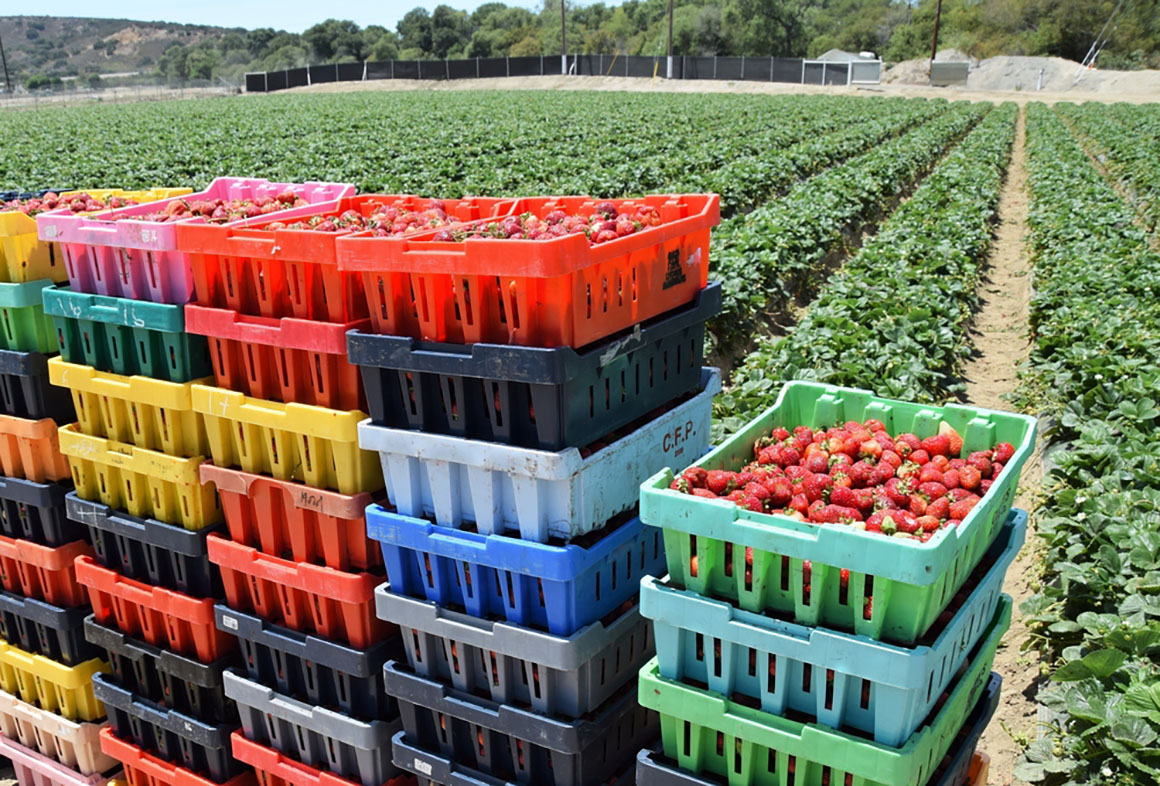When shipping perishables, it is important to ensure that the food is protected from temperature extremes and other adverse conditions that could cause spoilage. Improperly shipping products can not only impact the quality but can also lead to a loss of revenue.

Source: Laguna781/shutterstock.com
1. Determine the Weight and Size of Your Package
This will help you choose the right shipping container and ensure that your package arrives safely at its destination. There are a few different ways to weigh your package, but the most accurate method is to use a digital scale. When it comes to size, you’ll need to measure the length, width and height of your box or bag.
2. Choosing the Right Packaging
The right packaging can mean the difference between a company’s products being a success or a failure in the marketplace. If the produce arrives at its destination in poor condition, it will reflect badly on the company.
The type of packaging will depend on the type of product being shipped as well as the shipping method. For example, fresh fruits and vegetables must be packed in breathable containers so they do not spoil during transit. A pallet container would be the best solution since it is designed to hold goods in a stable position. A great option for any liquids being shipped is a drum barrel because it’s leak-proof and has a wide opening for easy filling.
Equip Your Process With a Durable Pallet Container
3. Selecting the Right Shipping Method
There are many different shipping methods, each with its advantages and disadvantages. The most important factor to consider when selecting a shipping method is how quickly your product needs to arrive at its destination.
If your product needs to arrive fresh and in good condition, you must choose a shipping method to ensure this. For example, overnight shipping is often more expensive than ground shipping, but it can guarantee that your product arrives fresh and in good condition. The United States Department of Agriculture (USDA) has some rules and regulations regarding the packaging and shipping of produce that you should be mindful of while considering a shipping method.
Source: Blue Planet Studio/shutterstock.com
4. Choose a Reliable Shipping Company
Make sure to research and read reviews to find a company with a good track record of delivering shipments on time and in good condition. Secondly, it is important to pack the produce properly to prevent damage during transit. Be sure to use high-quality packaging materials and cushion delicate items well.
One way to protect your produce during transport is to use Gaylord boxes. They come in a variety of sizes, and they can be used to ship a variety of different types of produce. Gaylord boxes are a great option for companies that regularly ship large quantities of produce.
Check Out Our Selection of the Most Affordable Gaylord boxes
5. Track Your Shipment
There are a few different ways to track your shipment. First, check with the shipping company to see if they offer tracking services. If they do, they will provide you with a tracking number that you can use to check on the status of your shipment. If you can’t seen to find any tracking number, you can contact the customer service department of the company that you are shipping the produce to and ask for the information.
6. Inspect Produce Upon Delivery to Ensure It Was Handled Correctly
After your shipment arrives, it is important to inspect the produce to ensure that it was handled correctly. First, check the packaging to ensure it is in good condition. Then, check the produce itself to verify it is fresh and in good condition. If you notice any damage, contact the shipping company and file a claim.
Source: David A Litman/shutterstock.com
Conclusion
Shipments of fresh produce present a unique challenge for food companies. The goal is to get the produce to its destination in optimal condition, which requires careful planning and execution. The reliable resources on shipping produce for the food industry will help you determine the best way to protect your product during transit.


